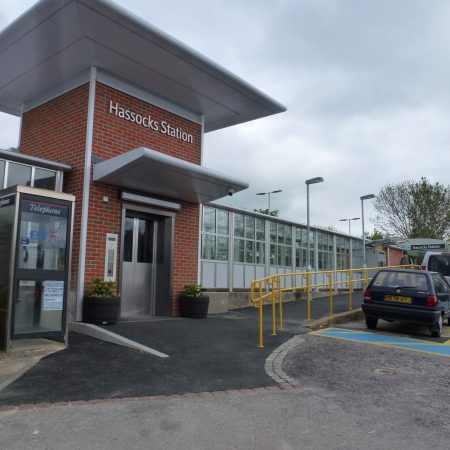TfL Step Free Access – Will it be a Smooth Ride?
If you use a wheelchair or cannot easily manage stairs, planning a journey on London Underground assumes a whole new level of complexity. Significantly less than one third of the stations offer step-free access to platforms. Only around half of those have step free access to trains.
TfL is taking on the challenge of providing greater step free access on underground and overground stations. A £200m investment programme will take the number of step free tube stations to 100.
Everyone would accept that people with mobility problems should enjoy the same access to the transport network as everyone else. Making this a reality for ageing transport infrastructure, much of which was never designed with less able people in mind is far from simple.
Shutting stations or even platforms while work is carried out is rarely, if ever, an option. This is, after all, one of the busiest transport systems in the world. Installing lifts to serve underground platforms in a busy station in a busy inner city environment will present significant challenges if unacceptable levels of disruption are to be avoided.
Procurement teams will need plenty of reassurance that there won’t be chaos when works are carried out, and that the projects will deliver the desired benefits.
Innovative Thinking
The challenges will certainly have to be met with some innovative solutions. But solutions are there to be found. For example, Osborne installed step free access at London’s sixth busiest rail station – Euston – between the underground ticket office, the taxi drop off point in the station basement, and the main concourse.
Our teams removed over 1000 tonnes of clay to create the lift shafts and temporary propping was installed to support the structure. This was all achieved while safe 24/7 operation of the underground and mainline stations continued.
Project timescales for the step free access projects will inevitably be tight to minimise disruption for passengers. Careful planning and tight project control will be needed, as they were when Osborne successfully integrated Access for All upgrades to several stations within a programme to lengthen platforms at nine stations as part of the Reading 10 Car Programme.
Even after the current planned improvements to the underground network there will be much to be done to make it fully accessible. Hopefully, successful execution of the next phase of upgrades will encourage the release of funds for further programmes.

